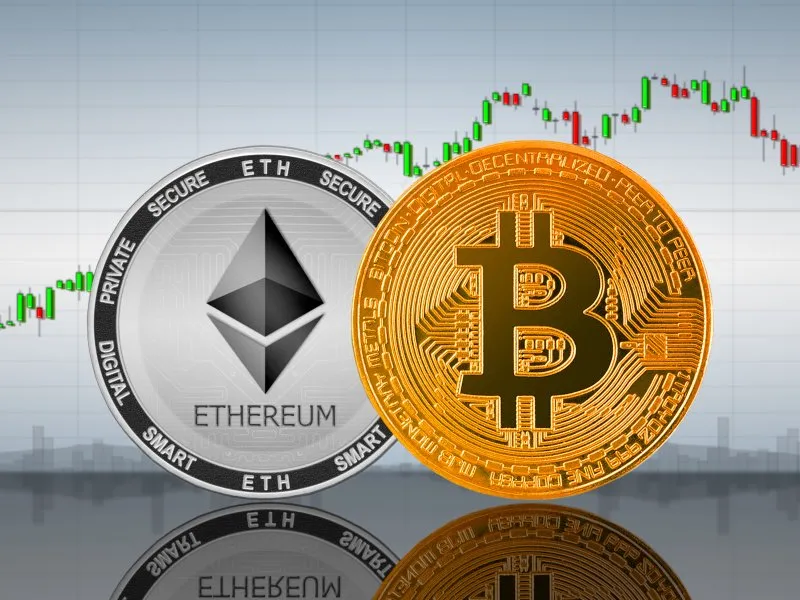In today's fast-developing world of digital currency, the importance of ensuring secure transactions cannot be ignored. As Bitcoin continues to be the market's leader, investors are looking for reliable and secure methods to manage their BTC investments. One such method that has gained prominence is using the Single Euro Payments Area (SEPA) for transactions. SEPA offers a streamlined approach to buying cryptocurrency, especially for investors within the Eurozone. This article explores the significance of security in Bitcoin transactions and how to buy cryptocurrency with SEPA securely.
The Importance of Cryptocurrency Security
The digital nature of cryptocurrencies exposes them to various security risks, such as hacking and phishing attacks. Therefore, employing secure Bitcoin SEPA transactions is crucial for protecting assets. The security of cryptocurrency transactions depends not only on the technological defenses of the platforms used but also on the vigilance and practices of the investors themselves.
Using SEPA for Secure Bitcoin Transactions
SEPA offers a robust framework that includes several security features:
- SEPA transactions are processed through established banks and financial institutions within the Eurozone, which adhere to strict regulatory standards and security protocols. This ensures that every Bitcoin SEPA transaction security is backed by the comprehensive safeguards that these institutions implement. That includes a variety of measures, from encryption to fraud monitoring systems.
- SEPA's standardized procedures for transactions reduce the complexity and variability that can often accompany international transfers. This standardization minimizes the risk of errors and miscommunications, which can be used for fraudulent purposes. By simplifying the process, SEPA enhances the overall security of transferring funds to and from cryptocurrency exchanges.
Enhancing Bitcoin Purchase Security Beyond SEPA
Enhancing Bitcoin investment security requires additional steps. Here are several recommendations:
- Use reputable exchanges. Always choose crypto exchanges with a strong reputation for security. Look for platforms that offer two-factor authentication (2FA), cold storage for digital assets, and have a transparent security protocol.
- Employ strong authentication methods. Beyond the security features provided by SEPA and the exchanges, users should employ robust authentication methods. This includes using 2FA for their exchange accounts and banking transactions, which adds an extra layer of security beyond just a password.
- Stay informed. The cryptocurrency landscape is continually evolving, and new threats emerge regularly. Staying informed about the latest security risks and best practices can help prevent potential vulnerabilities.
- Secure personal networks. Ensure that any device used for cryptocurrency transactions is secured with up-to-date antivirus software and a strong firewall. Additionally, avoid conducting transactions over public or unsecured Wi-Fi networks, which can be hotspots for intercepting financial data.
- Regular monitoring. Regularly monitor bank and exchange accounts for any unauthorized transactions. Early detection of suspicious activity can be crucial in preventing financial losses or theft.
Employing SEPA for secure Bitcoin transactions offers a safe framework for investors within the Eurozone to engage with the crypto market. SEPA's integration with regulated banking institutions provides a level of security and reliability that is essential in the digital currency space.
However, it is crucial for investors to not solely rely on these protocols but also to take proactive steps in enhancing their transaction security. Through using reputable platforms, employing strong authentication methods, securing personal networks, and regular account monitoring, investors can strengthen their cryptocurrency security with SEPA.


